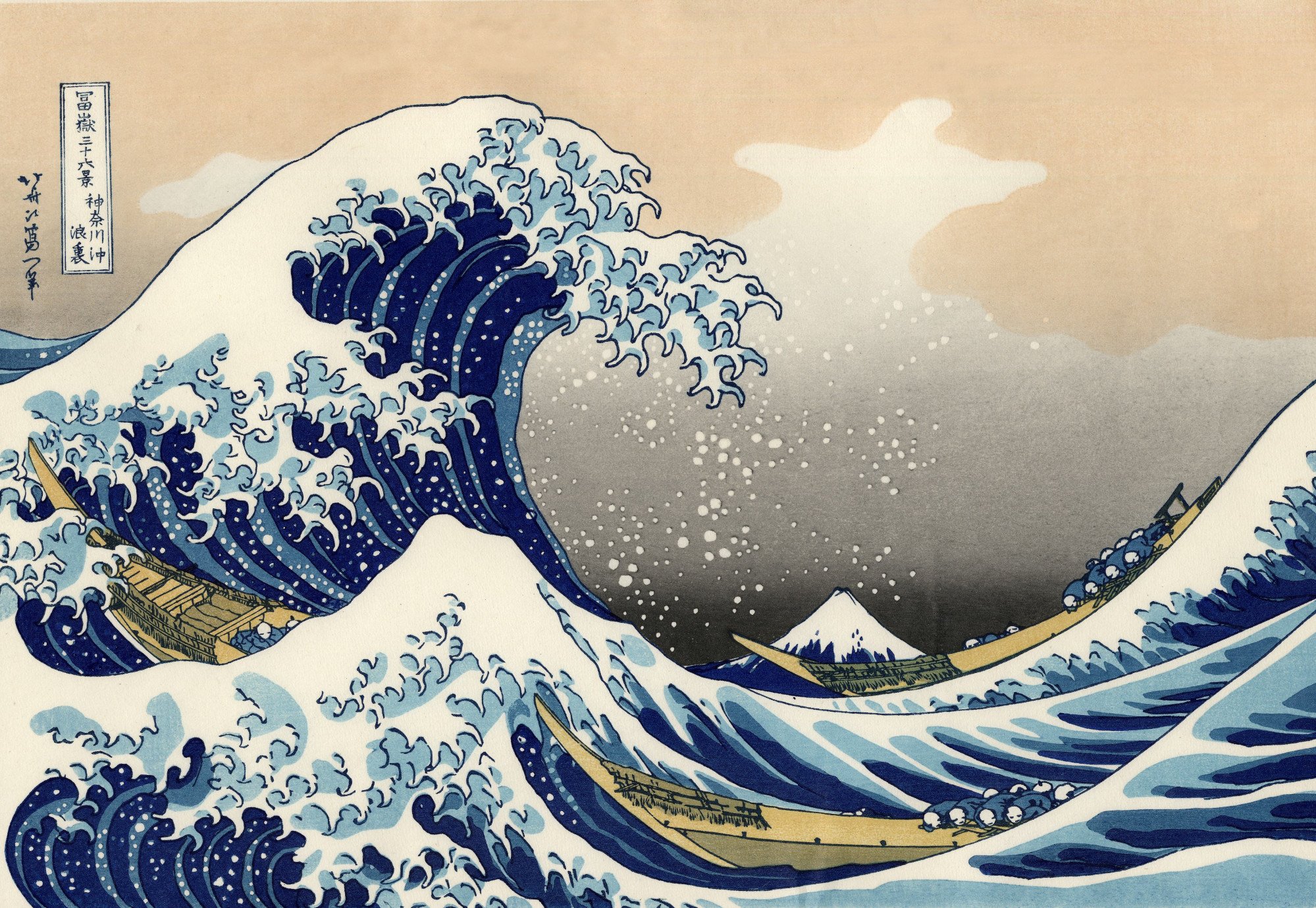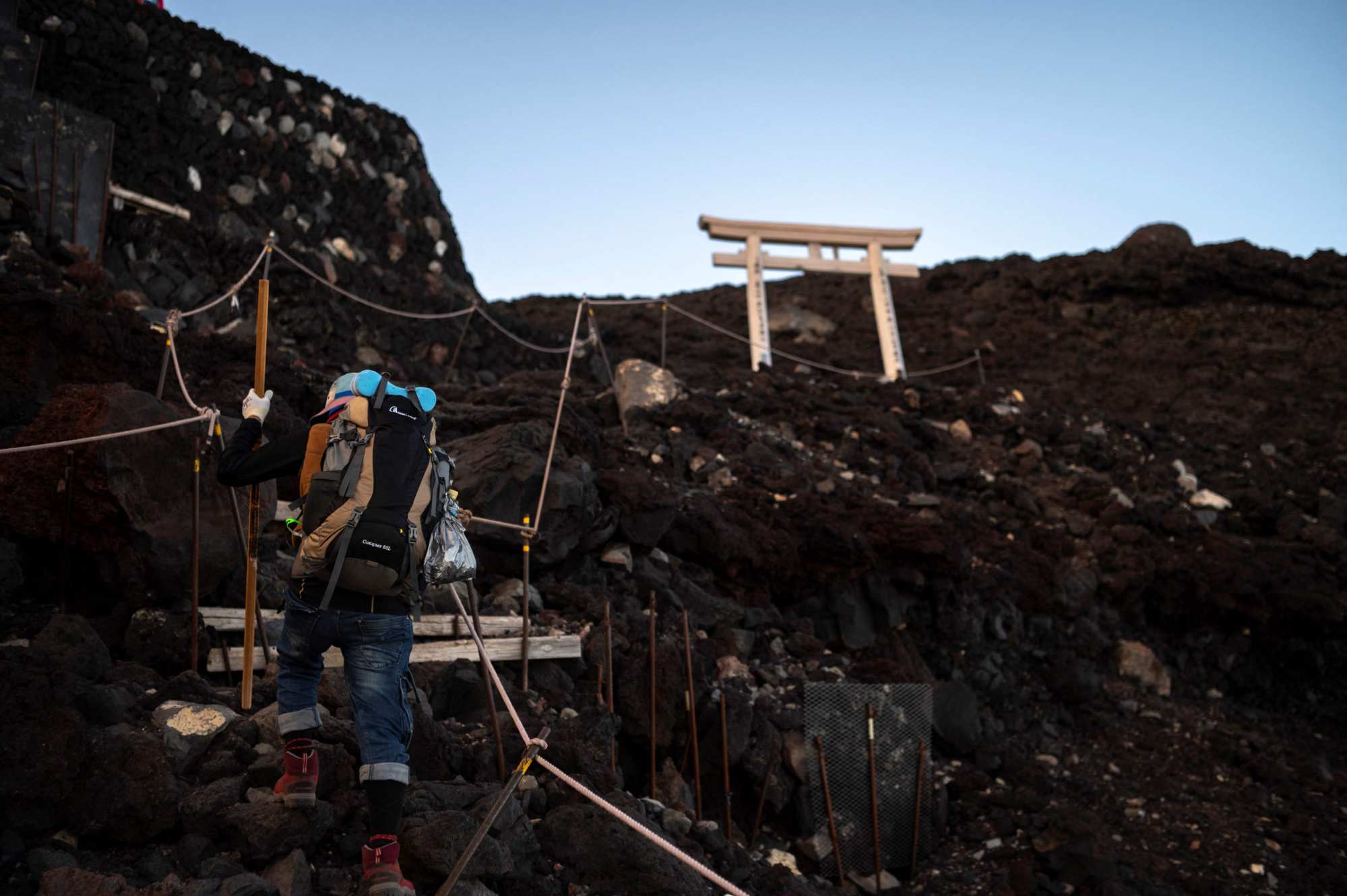After a national outcry, Osaka-based Sekisui House Ltd apologised when it announced on June 11 that the Grande Maison Kunitachi Fujimi-Dori would be torn down.
“We would like to express our sincere apologies for the inconvenience and concern caused to the contractors of the condominium, the residents of the surrounding area and all the other parties concerned,” the company said in a statement provided to This Week in Asia.

The project was carried out “in accordance with legal procedures and there are no legal deficiencies,” the company said, adding that extensive discussions were held with the local government of Kunitachi City, a suburb of western Tokyo, and nearby residents before construction began.
“However, as the project neared completion, we realised that the building’s impact on Mount Fuji was becoming more and more serious,” it said.
Pictures in the media show the view of the 3,776-metre mountain rising majestically about 100km to the west along Fujimi Dori before the start of construction. With construction almost completed, photos taken from the same position show that half of Mount Fuji is now obscured.
“We take the circumstances of this incident very seriously and are committed to preventing the recurrence of similar incidents,” Sekisui House said. The company has not said how much the cancellation of the project will cost or what it now plans to do with the site.
Mount Fuji’s popularity has also caused problems elsewhere, with the local council in Fujikawaguchiko town opting to erect a barrier alongside a road that had drawn hordes of visitors to photograph the mountain from the front of a 24-hour convenience store.

The destination became such a magnet that visitors were antagonising residents by leaving rubbish around, disrupting traffic and causing congestion. When newly hired security guards failed to control large groups at the site, the city installed a 2.5-by-20 metre screen to block the view.
Even that did not work, as tourists poked holes in the screen mesh to get their photos.
“It is disappointing to see a lack of morals” among tourists, Mayor Hideyuki Watanabe said at a press conference on May 30. The city has since installed a more durable screen.
Another site, the Fuji Dream Bridge over Route 139 in Shizuoka Prefecture, has also drawn visitors seeking to take photos of Mount Fuji. The bridge was popular because visitors could stand on its steps and take stunning photographs of the landmark.
Several prefectural governments that oversee the hiking trails to the top of Mount Fuji have introduced measures to control visitor numbers and ensure safety. A climbing fee of Y2,000 (US$12.67) has been introduced for the popular Yoshida trail and the number of climbers has been capped at 4,000 per day. Climbing the mountain has been banned between 4pm and 3am to deter climbers from timing their departures to reach its peak at sunrise.
To the Japanese, Mount Fuji is much more than an Instagram image or a conquest to be ticked off a bucket list.

“Fuji is sacred and Japanese people see it as an object of worship as well as a source of artistic inspiration from the ancient past,” said Katsuhiro Iwama, director of Yamanashi Prefecture’s Fujisan Conservation and Tourism Ecosystem Promotion Division.
Tatsuo Nanai, secretary general of the Fuji-san Club, said: “The mountain is famous around the world because it is the highest in Japan and because it is quite easy to climb, but for us, it is a sacred place.
“It is a combination of everything that makes it special – the perfect shape, the nature, the history, the culture – and that is why it has been recognised as a Unesco World Heritage site.”
Mount Fuji has served as the traditional starting point for climbing by worshippers, with its flanks dotted with shrines dedicated to animistic worship of volcanoes.
“I think most Japanese people are aware of the cultural background of Mount Fuji and its importance to the nation,” said Nanai, whose non-profit organisation was set up to protect the mountain and educate visitors. “I just hope we can share that with the foreign visitors who come here.”

